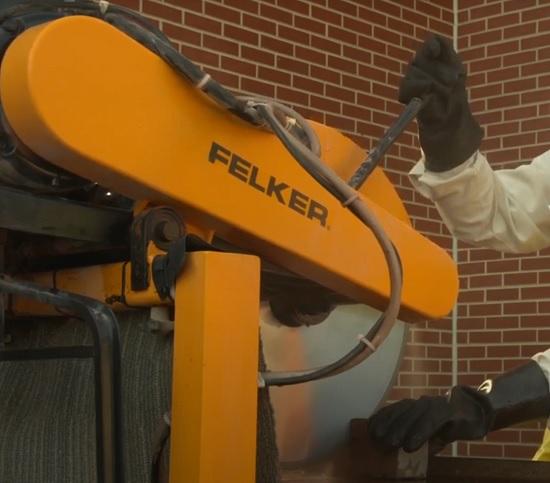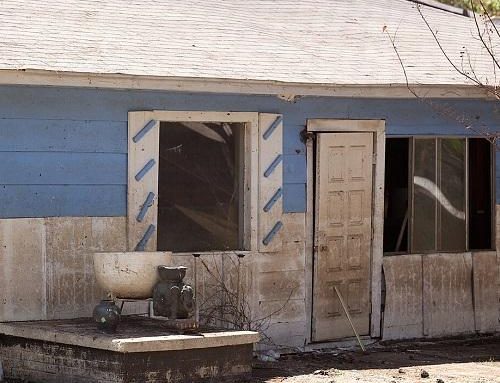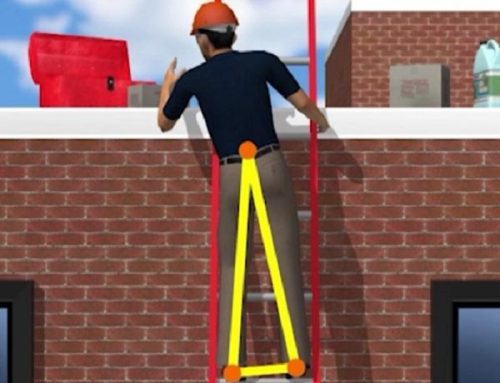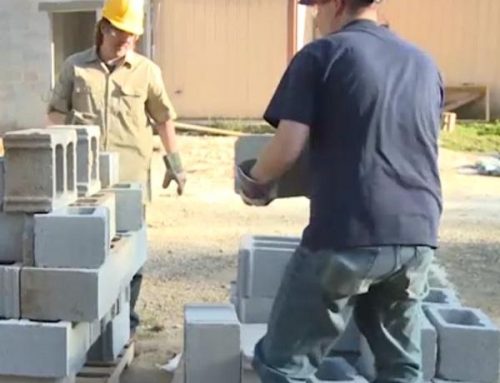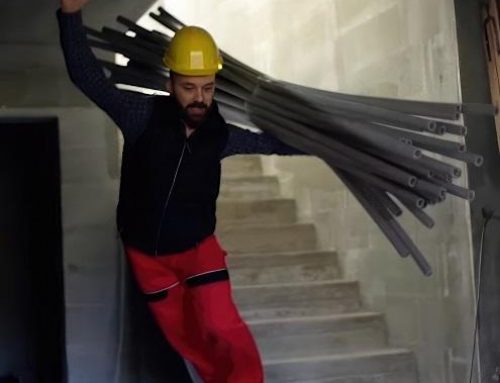Working with materials containing crystalline silica can present serious health hazards for construction workers. Cutting concrete, bricks, pavers, and blocks on stationary masonry saws generates respirable silica dust that can cause irreversible lung damage when inhaled over time. Implementing proper dust control methods is therefore critical for ensuring worker safety. This article discusses recommendations from the Occupational Safety and Health Administration (OSHA) on effective engineering controls, work practices, and protective equipment to minimize exposures.
The Risks of Silica Exposure
Respirable crystalline silica particles that are generated from sawing silica-containing materials are very fine – 100 times smaller than sand. When inhaled deep into lungs, these tiny particles cause inflammation and scarring of lung tissue leading to disease and issues like shortness of breath, fatigue, increased susceptibility to infection, respiratory failure, and even cancer. OSHA has stringent permissible exposure limits in place to protect workers from hazardous silica dust. Understanding these guidelines and implementing workplace controls is essential for construction industry employers to maintain compliance and safeguard employee health.
Key Exposure Control Strategies
OSHA identifies wet cutting methods and vacuum dust collection systems as the main engineering controls for limiting silica exposures when operating stationary masonry saws.
Wet Cutting
Continuously applying water at the blade to suppress dust emissions is an extremely effective control technique. The water wets the cutting zone and washes away particulate, significantly reducing airborne silica levels. Many saws now come equipped with integrated water delivery systems. Critical measures for ensuring these function properly include:
- Inspecting hoses, nozzles, and connections regularly to avoid leaks or clogs. Replace worn components as needed.
- Maintaining recommended water flow rates which must visibly dampen dust generation.
- Adjusting water nozzles to directly hit the blade and wet the cutting area.
- Cleaning out basins and replacing dirty water to avoid silting.
- Checking blade condition since excessive wear can reduce dust capture efficiency.
When wet cutting indoors, additional local exhaust ventilation may be necessary to prevent silica exposures from building up, especially in confined spaces. Strategically positioned fans or ductwork help prevent contamination in worker breathing zones.
Vacuum Dust Collection Systems
Some stationary masonry saws incorporate built-in vacuum dust collectors to evacuate silica dust as it is produced. If relying on these systems rather than wet methods, OSHA requires users to validate their effectiveness through initial monitoring, since vacuums do not suppress dust to the same degree. Based on exposure assessments, safeguards like respirators could be needed to meet PEL limits. Employers must document monitoring data and upgrade controls as warranted in a written exposure control plan.
Limiting Silica Hazards
Used properly, integrated water delivery systems allow stationary concrete saws to be operated well within OSHA exposure limits. By following the manufacturer’s instructions along with the guidelines above, employers can protect their workforce from dangerous silica dust – maintaining compliance while promoting long-term worker health. Adhering to exposure controls, assessing their performance, and making improvements demonstrate a strong commitment to safety. For more information on limiting silica risks, contact OSHA consultation services which provide workplace evaluations and recommendations at no cost.


